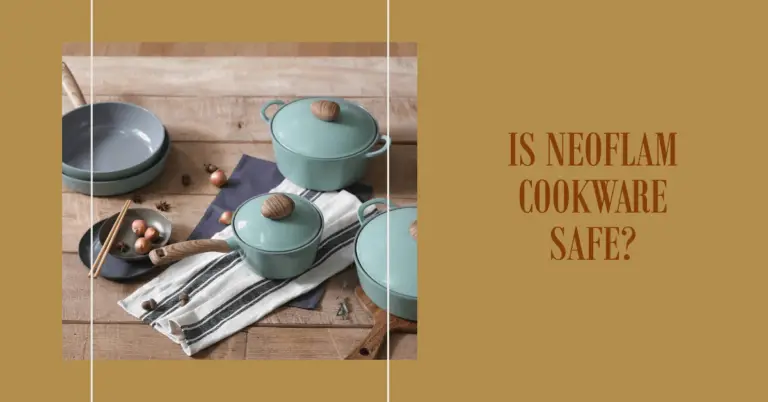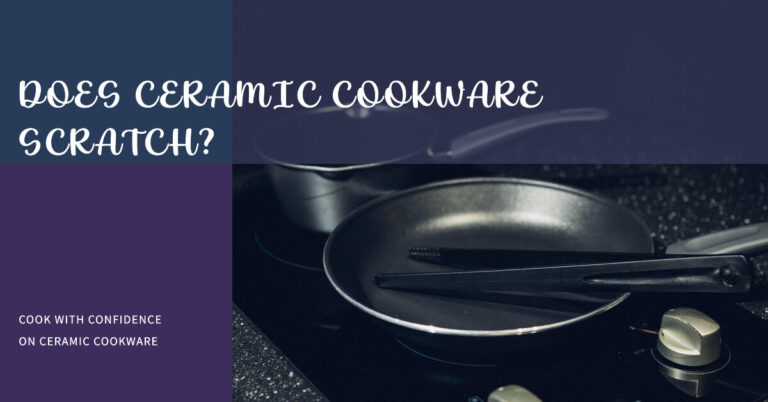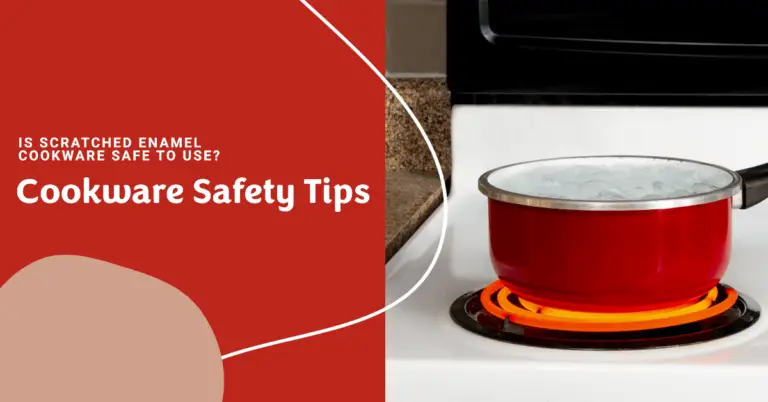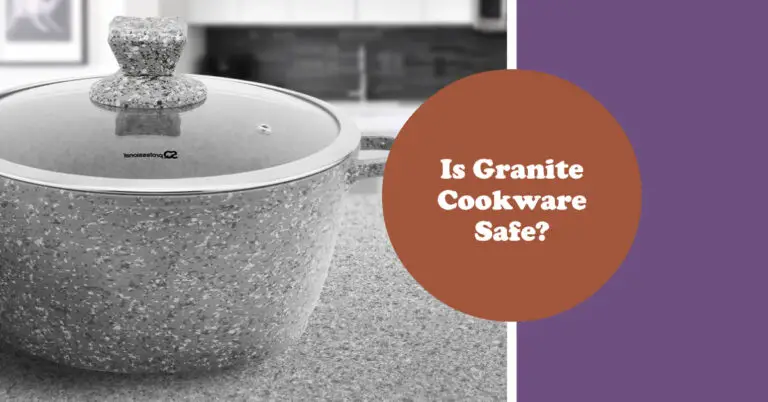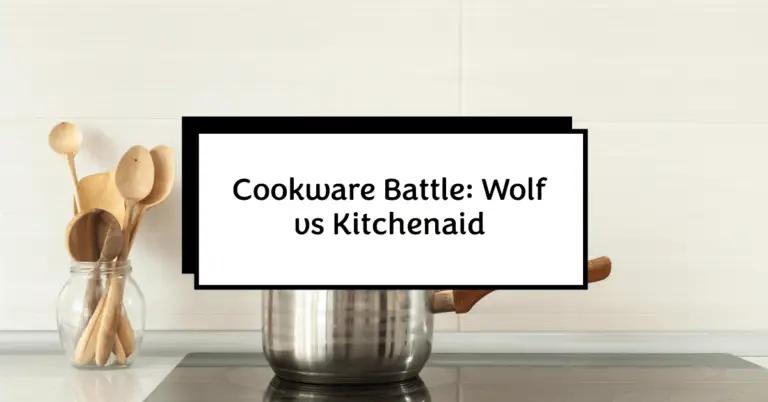Is GreenLife Cookware Safe? Our In-Depth 2023 Guide
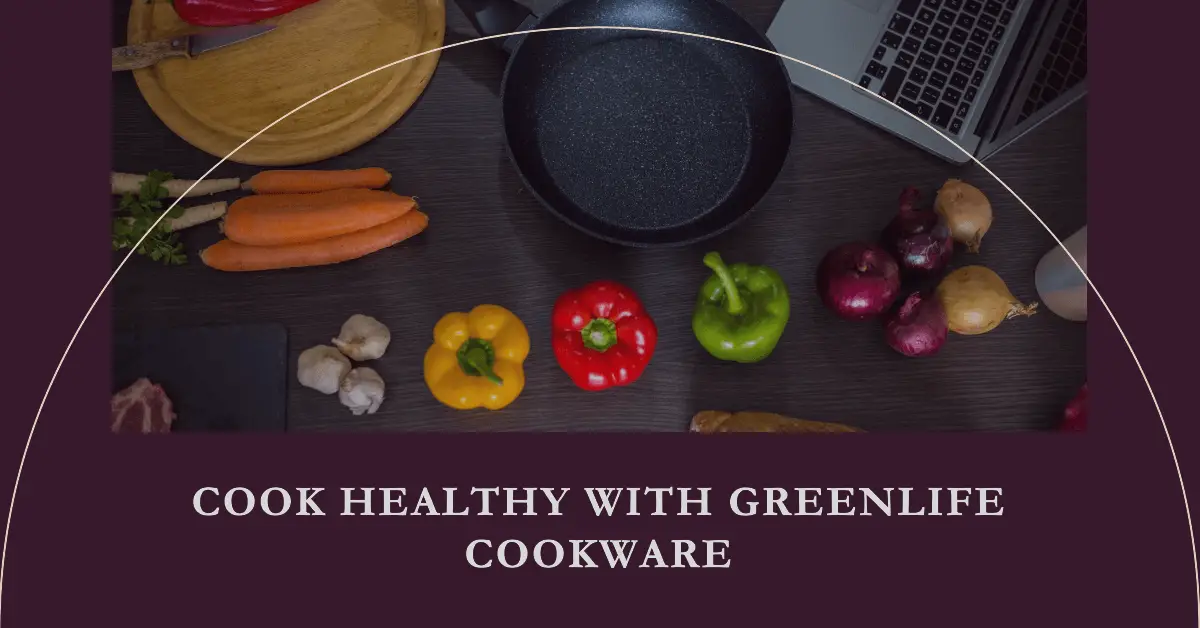
Cooking delicious meals at home has never been more popular, but finding safe and non-toxic cookware can be a challenge. GreenLife has become one of the most talked-about brands in eco-friendly kitchenware. Their eye-catching colored pots and pans featuring a durable ceramic non-stick coating have gained a loyal following.
But the big question remains – is GreenLife cookware actually safe to use? With so much concern over toxic chemicals in non-stick coatings, people want to know if GreenLife’s pans contain any hazardous materials. We’ll delve into all the details so you can decide if GreenLife is right for your kitchen.
Overview of GreenLife Cookware
GreenLife was founded in 2011 as part of the Cookware Company, one of the largest cookware manufacturers in the US. Their ceramic non-stick coating called Thermolon was developed in collaboration with DuPont scientists and derived from sand rather than any petroleum-based chemicals.
GreenLife touts their pans as a healthier cooking option compared to traditional Teflon-coated or aluminum pans that may leach metals. Their ceramic coating is durable, scratch-resistant, and oven safe up to 350 degrees F. The aluminum-based pans come in fun colors like burgundy, teal, and lavender.
Is Thermolon a Safe Non-Stick Coating?
The non-stick coating used in GreenLife pans is a key factor in their safety. Traditional Teflon or PTFE coatings have come under fire for potentially releasing toxic chemicals at high temps leading to “Teflon flu” symptoms in humans and even death in pet birds.
GreenLife uses a patented coating called Thermolon originally invented by DuPont scientists in the US and now manufactured in China. Thermolon is a fluoropolymer ceramic coating thatDupont claims does not contain PTFE/PFOA and provides an environmentally friendly alternative to conventional non-stick.
Thermolon is derived from sand rather than synthetic petroleum-based chemicals used in Teflon. The production process uses 60% fewer greenhouse emissions compared to traditional PTFE non-stick. GreenLife states their coating is free of PFOA, PTFE, lead, and cadmium.
Independent lab tests have confirmed GreenLife pans do not contain any PTFE/PFOA, verifying their safety claims. Overall Thermolon ceramic coating appears to be a safer bet than old school Teflon.
Do GreenLife Pans Leach Toxic Aluminum?
Underneath the ceramic non-stick coating, GreenLife pans are made of aluminum, a metal sometimes associated with health concerns around leaching into food.
Uncoated aluminum pans are reactive, meaning they can leach aluminum into acidic or salty foods during the cooking process. Studies have linked high consumption of aluminum from cookware with neurological diseases like Alzheimer’s.
However, Thermolon’s ceramic coating prevents the raw aluminum in GreenLife pans from directly interacting with food. Tests found aluminum concentrations in tomato sauce cooked for 2 hours in GreenLife pans measured only 0.0048mg/L – well below the EPA safety threshold for leached aluminum of 5.7mg/L.
As long as the ceramic coating remains intact, the small amount of aluminum that dissolves is insignificant compared to the 7-9mg we consume daily from food and water. The ceramic layer essentially eliminates concerns around toxic aluminum leaching.
Is GreenLife Oven-Safe at High Temps?
GreenLife states their standard frying pans with Thermolon coating are oven-safe up to 350°F, while their oven-safe lids can withstand up to 425°F. What about at higher temperatures – do GreenLife pans release fumes or gasses?
Unlike traditional Teflon, Thermolon claims to remain stable at temperatures up to 842°F with no documented risks of off-gassing. However, above 500°F the coating may start degrading over time with frequent use.
For most household cooking GreenLife pans should remain inert below 500°F. Users report no fumes when forgetting pans in a hot oven or broiler up to this temp. Exceeding the 350°F limit may gradually degrade the coating but won’t create immediate health hazards if you go a bit over.
Is It Safe to Use Scratched or Damaged Pans?
No non-stick pan lasts forever, no matter how careful you are. Over time, scratches in the coating are inevitable especially when using metal utensils. A few light scratches generally won’t affect cooking performance or safety of GreenLife pans.
However, deep scratches or excessive chipping that exposes the raw aluminum underneath is more concerning. Aluminum touching food can lead to leaching, especially with acidic ingredients like tomatoes or vinegar.
Damaged coating also loses its non-stick properties so food is more likely to stick. If your GreenLife pan is heavily scratched or flaking, it’s best to stop using it for cooking. Minor scratches are expected and not a major safety issue. Just take care to avoid scraping or gouging the coating.
What Do Government Agencies Say About Safety?
With so much public interest in the safety of ceramic-coated cookware, what do official health and consumer agencies have to say?
The FDA has approved both Greblon ceramic and Thermolon coatings as safe alternatives to PTFE-based non-stick, provided manufacturing guidelines are followed.
Consumer Reports gives GreenLife cookware an overall rating of 70/100, noting no particular safety hazards were found but chips and scratches in the coating remain a concern with use over time.
The German consumer organization Concept Institut tested GreenLife’s original ThermoSet ceramic-coated pans and found cadmium levels exceeded EU limits, although GreenLife disputed their findings.
Overall government agencies see ceramic coatings as a safer option compared to traditional Teflon, with no major red flags around GreenLife’s Thermolon technology. Proper manufacturing is key, and chipping/scratching from wear and tear remains the biggest usage concern.
The Bottom Line: Is GreenLife Non-Toxic Cookware?
Considering all available data and expert opinions, GreenLife pans appear to offer a safer non-stick cooking option compared to old school PTFE-based coatings like Teflon.
The Thermolon ceramic technology eliminates the seriously concerning PFOA/PTFE compounds associated with overheated Teflon. Aluminum leaching is also minimized by the protective coating even when cooking acidic ingredients.
GreenLife aisles score reasonably well on independent safety tests and government agencies see ceramic coatings as an eco-friendly improvement over traditional materials. Thermolon does not appear to have any unique health red flags.
As with all non-stick cookware, scratches and degradation over time remains a factor requiring replacement of heavily damaged pans. Proper usage also matters – don’t exceed the manufacturers’ recommended oven safe temps.
Within reasonable limits, GreenLife’s pans deliver on their promise of providing a more sustainable and safer cooking experience. While no pan is perfect, GreenLife offers durable, low-maintenance performance without toxic chemicals like PFOA.
In the end, cookware safety involves trade-offs. But for health and environmentally-conscious cooks GreenLife makes a compelling case as a cleaner alternative that brings some fun style back to the kitchen.

